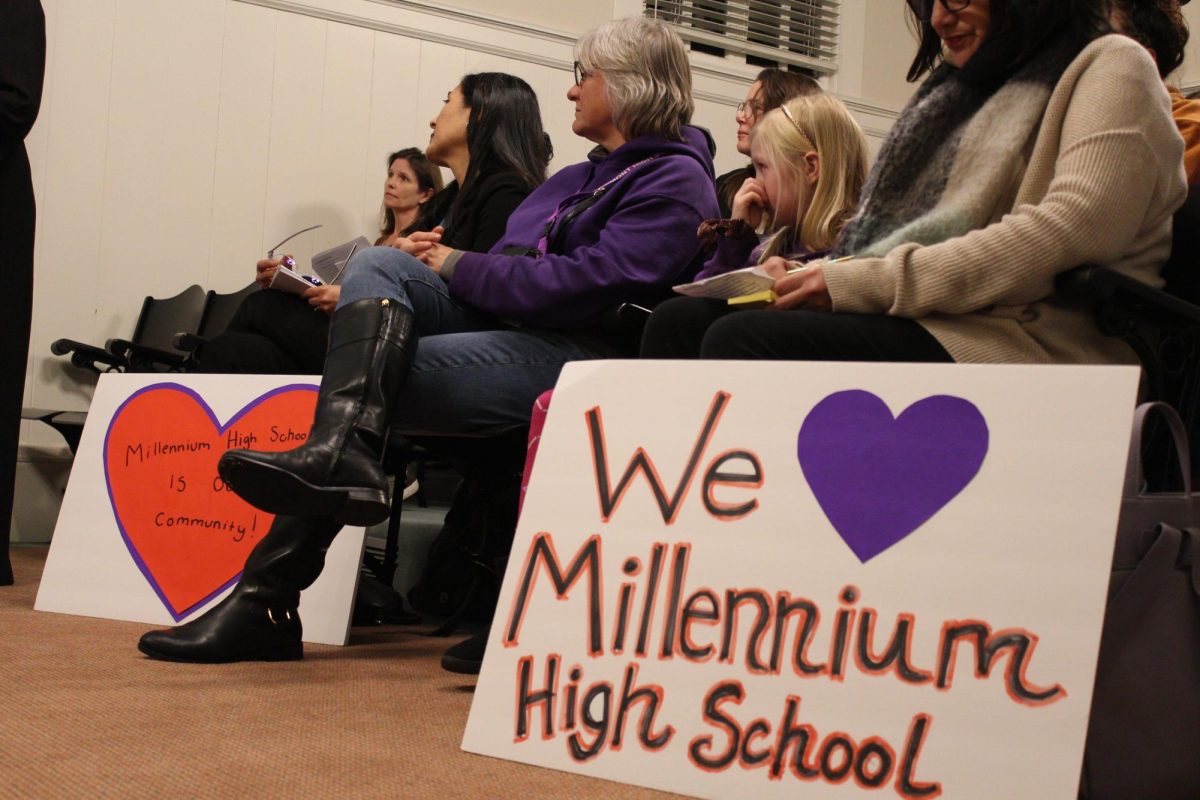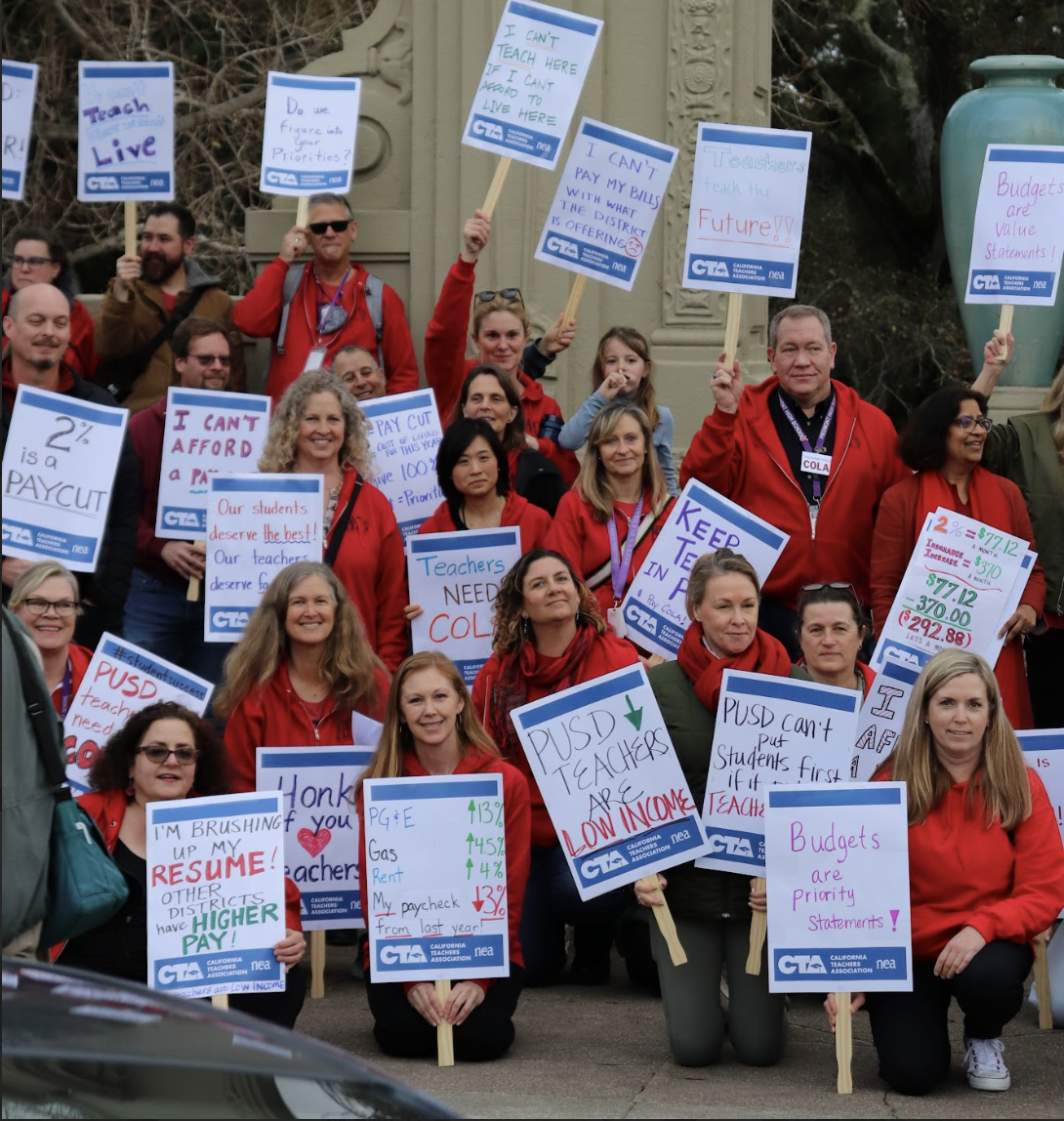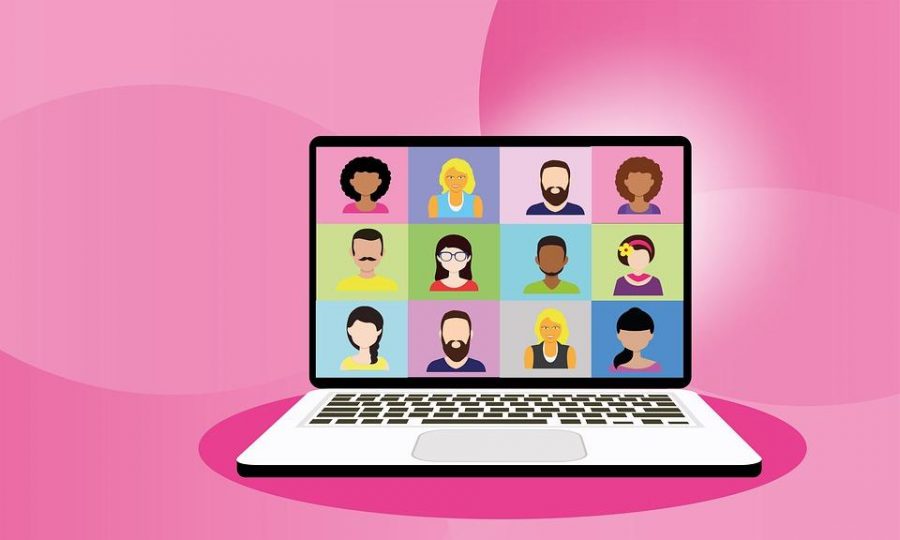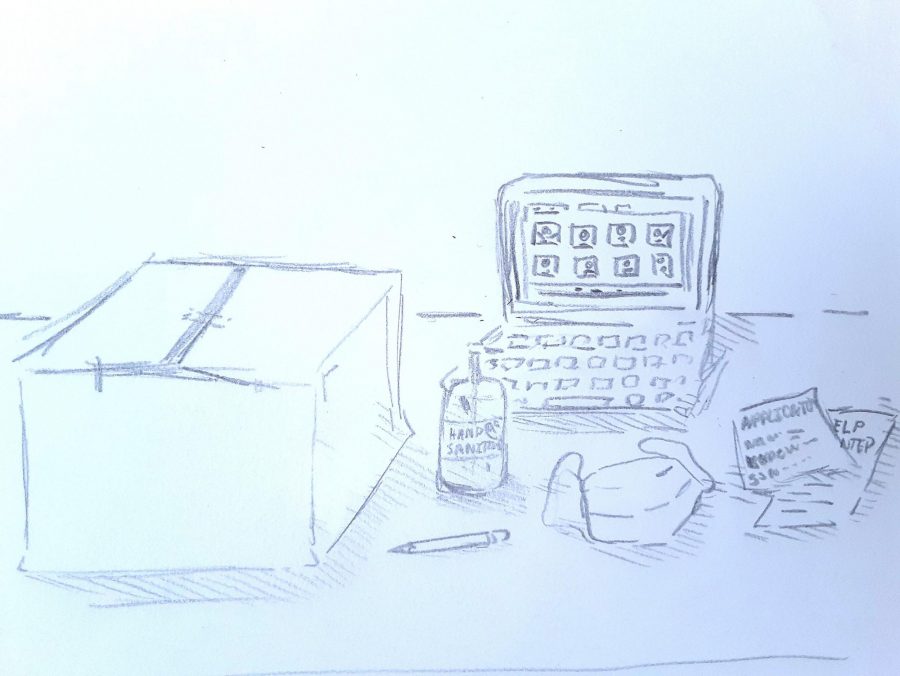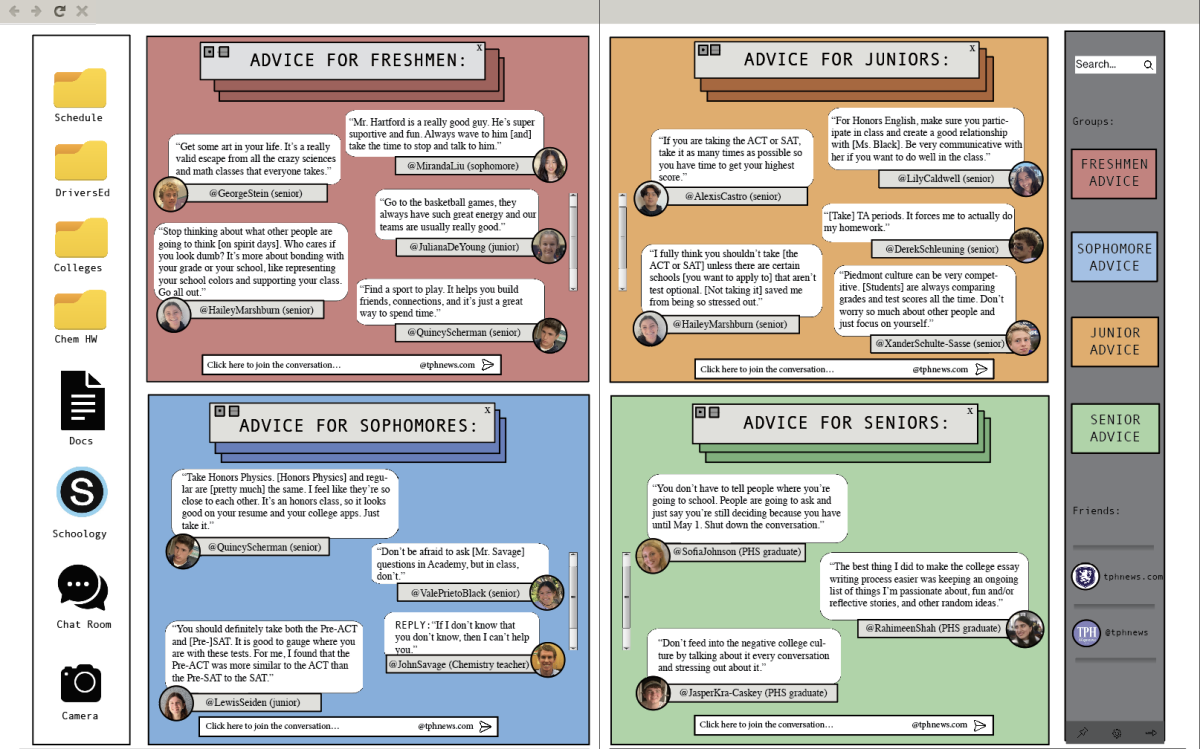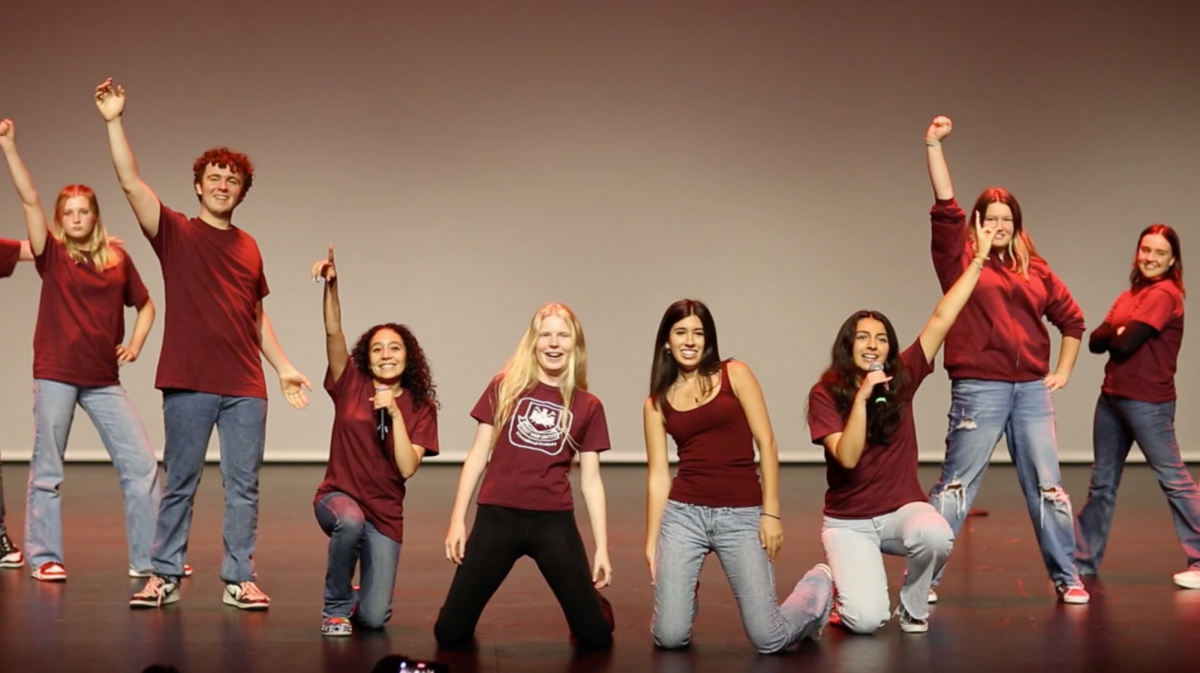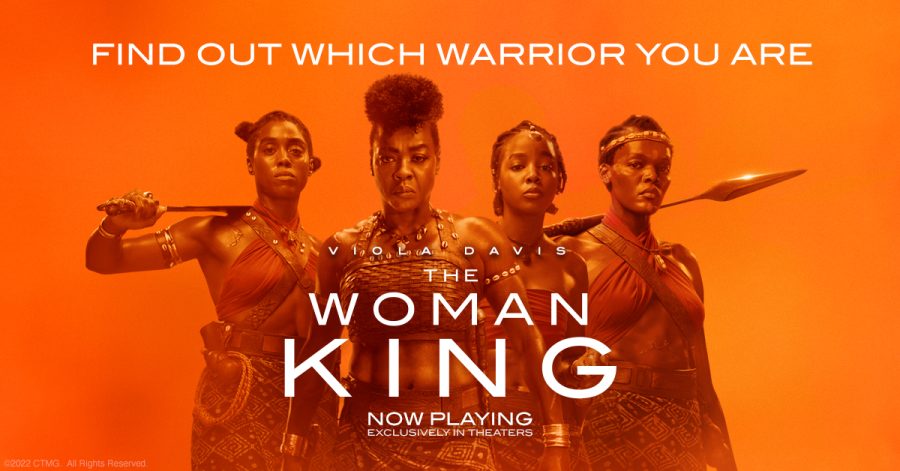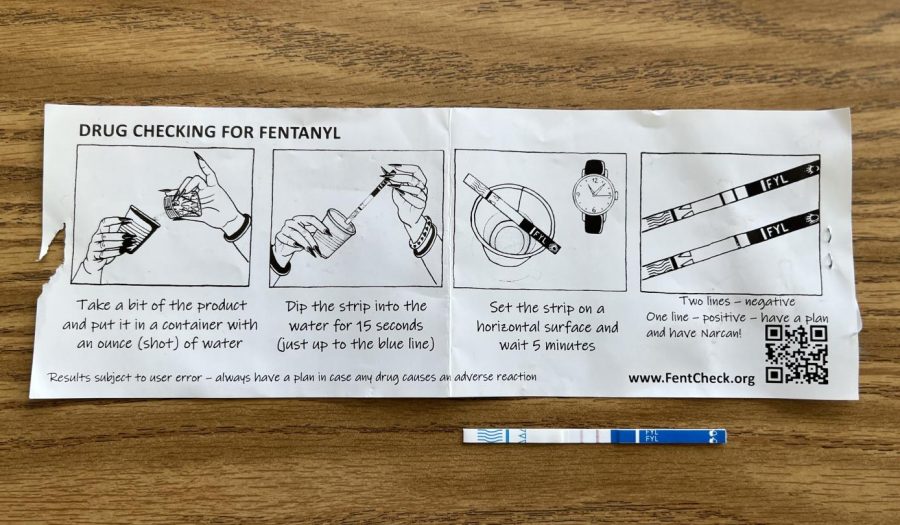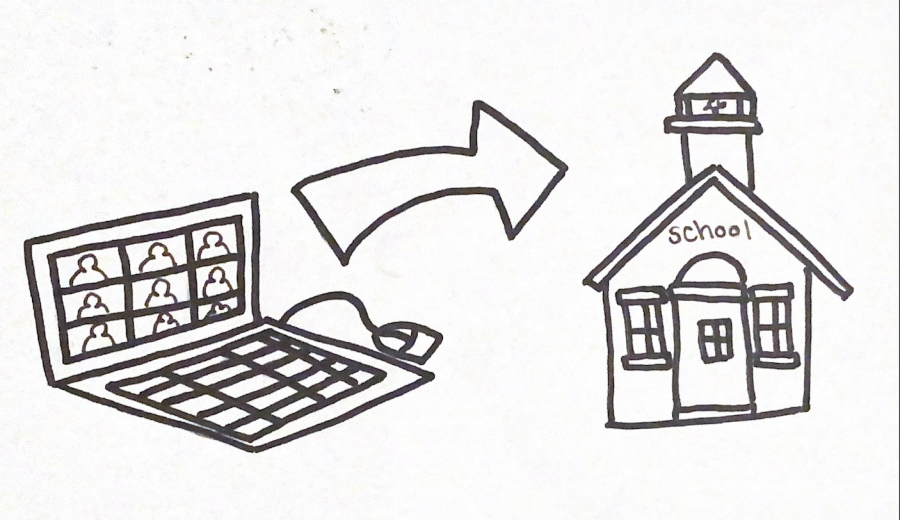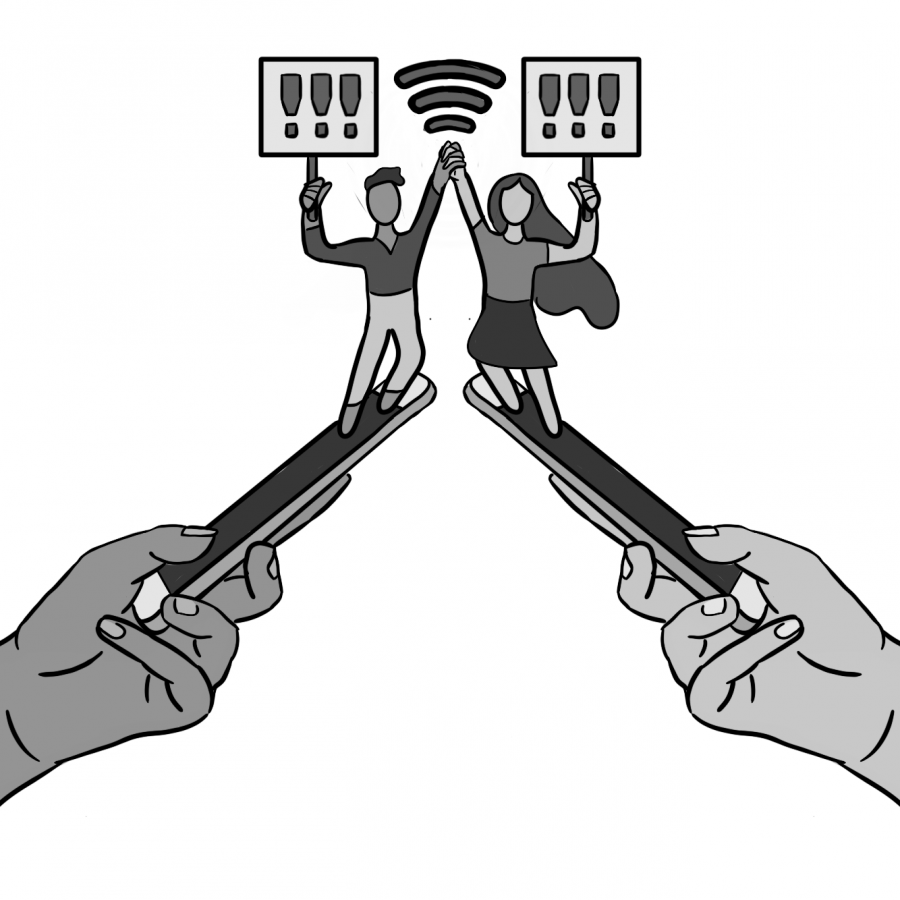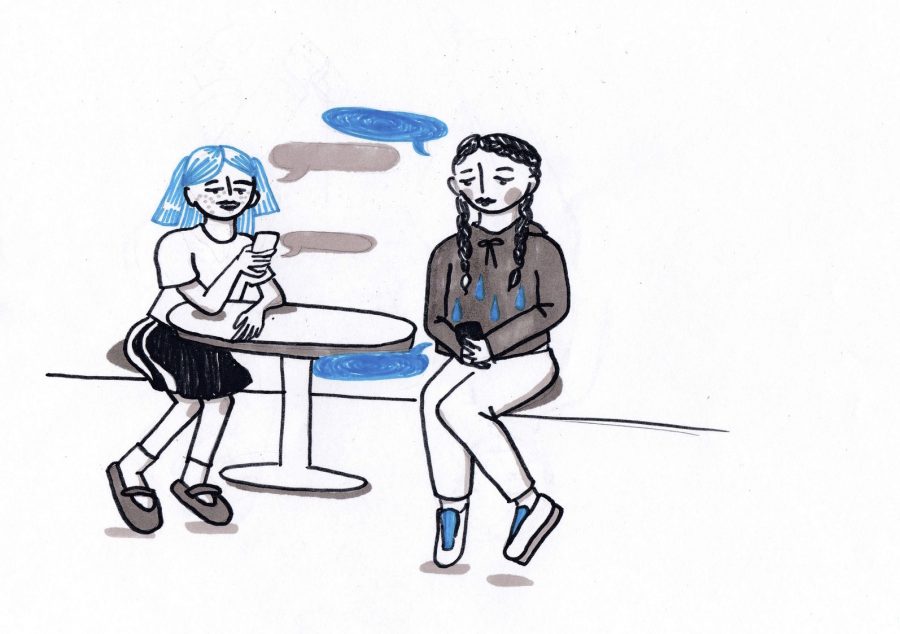Nina Adarkar is lost in her car on the way to meet friends. Step-by-step navigation is hard when her only directions are printed on a piece of paper… #NoiPhoneNoProblem?
Since the release of the first iPhone in 2007, the number of iPhone users has steadily increased. According to a study by the investment bank Piper Jaffray in October 2015, 67 percent of US teens at the time of the study owned iPhones.
iPhone user senior Katie Yu said she carries her phone wherever she goes and feels lost without it.
“I feel disconnected to my family, my friends, even during school when I have access to my friends,” Yu said.
iPhone user junior Christian Turner said he spends about four hours on his phone everyday. Connection through iPhones can be used as a mask to help people get to know each other better without the awkwardness and insecurities that come with face-to-face interaction, Turner said.
“Sometimes people don’t want to say something to you in person but they will text it to you,” Turner said.
Yu said that she is starting to use smartphone social media apps like Snapchat more than traditional communication methods of texting, emailing and calling. She regularly snapchats 14 people and her highest “streak,” or the amount of continuous days she has snapchatted someone else, is 310 as of Feb. 29.
“I like [Snapchat] better than texting because you can see the person’s face and you don’t even have to say anything,” Yu said. “You can just send a selfie and you know what they’re doing. I can know what’s up in other people’s lives without having to ask or invade their space.”
Yet people like Assistant Professor at the School of Public and International Affairs at Virginia Tech Dr. Shalini Misra are beginning to question the connections smartphones bring.
“It is a portal and when we have it in our pockets it’s like a console to the entire world and the world of information and communication,” Misra said. “When we have that close to us and when we are psychologically close to things that are spatially distant it has the potential to distract us.”
Misra decided to examine how smartphones are making people psychologically absent despite being physically present. She and her team ran an experiment where conversations with or without the presence of iPhones were evaluated based on quality.
“What we found very surprisingly was that simply the presence of smartphones or smart devices, tablets or a phone, during the course of a small 10 min conversation impacted negatively the level of empathy and concern people exchanged with each other and the connectedness people felt during the course of the conservation,” Misra said.
As people start to rely on iPhones more and more in order to communicate with friends, those without an “i” to accompany their phone are noticing these negatives of smartphone use.
Junior Adarkar has had her LG Samsung flip phone since January of freshman year and has noticed the increase of screens around her.
“Some people actually make conversation by showing things on their phone, like ‘Oh, look at this picture on Instagram,’ but I have to practice conversation and talk about other things,” Adarkar said.
Misra and her team found that people who were closer reported feeling more annoyed or disconnected when a phone was taken out.
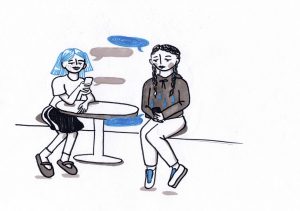 “Maybe this will change in the future where we don’t even expect people to pay attention to us anymore and it’s just taken for granted that people will look into their phones when they talk to you, maybe we will accept that,” Misra said.
“Maybe this will change in the future where we don’t even expect people to pay attention to us anymore and it’s just taken for granted that people will look into their phones when they talk to you, maybe we will accept that,” Misra said.
Flip phone user junior Akshai Wadhwani said that having an iPhone does not affect how he interacts with friends as much as people think, but he does admit that smartphones are becoming more and more necessary in order to communicate.
“In a couple years I feel like I will have to have a smartphone because of all the things that are going on,” Wadhwani said.
Wadhwani’s friend junior Jeff Asa-Hauser has noticed how Wadhwani behaves differently because he does not have a smartphone.
“He doesn’t sit around on his phone when we are interacting. He is actually there,” Asa-Hauser said.
Even though Adarkar and Wadhwani each have an iPod Touch, when Wi-Fi is hard to come by, they can’t group message, FaceTime or access social media. The fact that their phones do not turn on with an apple logo also matters.
“I feel like people do notice my phone, especially at school and especially in Piedmont where everyone does have iPhones,” Adarkar said.
She said she sometimes even goes off to another room when sending a text because she feels insecure about standing out with her “slidey” phone.
Looking on the flip side, Wadhwani said one of the positive qualities of his flip phone is its durability, yet it is still in question how long flip phones will still be in use. As more people begin to rely on iPhones, people have different suggestions for the future.
“Some people who are more addicted to their phones could honestly use a flip phone for a month to just realize how addicted they are,” Asa-Hauser said.
Math teacher Doyle O’Regan said he understands that it is hard to get rid of a smartphone because there is a natural human curiosity to see or know stuff. His less drastic approach is to turn off cellphones and keep them in backpacks throughout the school day.
“I would challenge people to don’t feel like you need to be tethered to it,” O’Regan said. “This is something that is supposed to help your life and make your life better.”
But in the end, the underlying question is how iPhones will continue to affect people.
“It’s both unhealthy and healthy,” Yu said. “I don’t think it is especially hurting the generation but it is different than other generations and people have a hard time realizing that.”
Lost in her car, Adarkar can’t help but want smartphone navigation. But from Misra’s position as a researcher, she looks beyond the screen.
“Looking for places, for example, it is hard to navigate in a new environment or even in an environment that you live in to find directions,” Misra said. “The companies that make these technologies are promoting their products in such a way that they are trying to remove the friction in you life. In doing that, there are many human qualities that we as a society value that we might be losing out on.”
So, can we confidently type #NoiPhoneNoProblem? More like, #LotsOfiPhonesLotsOfProblems. But #LotsOfSolutionsToo.





